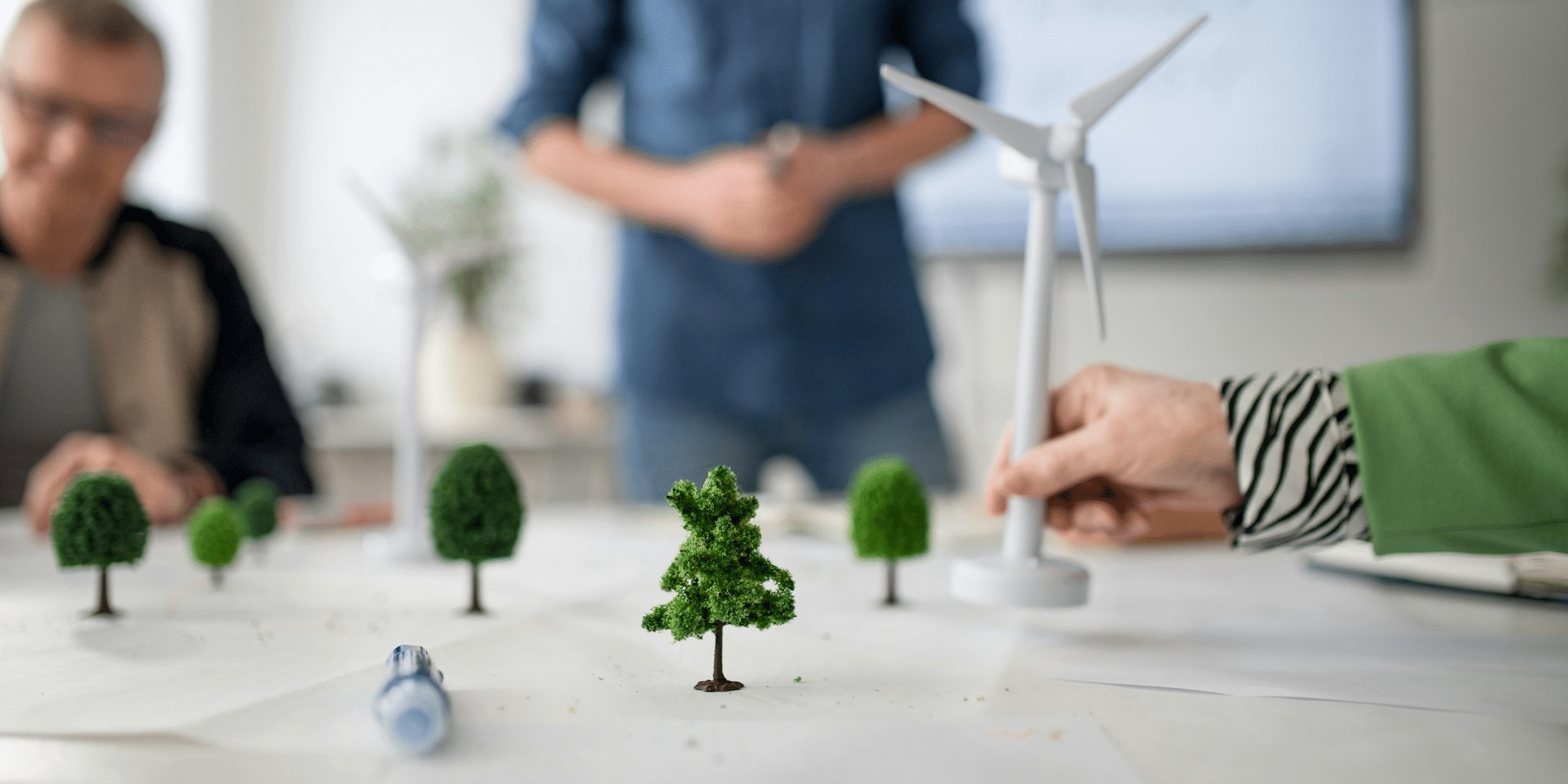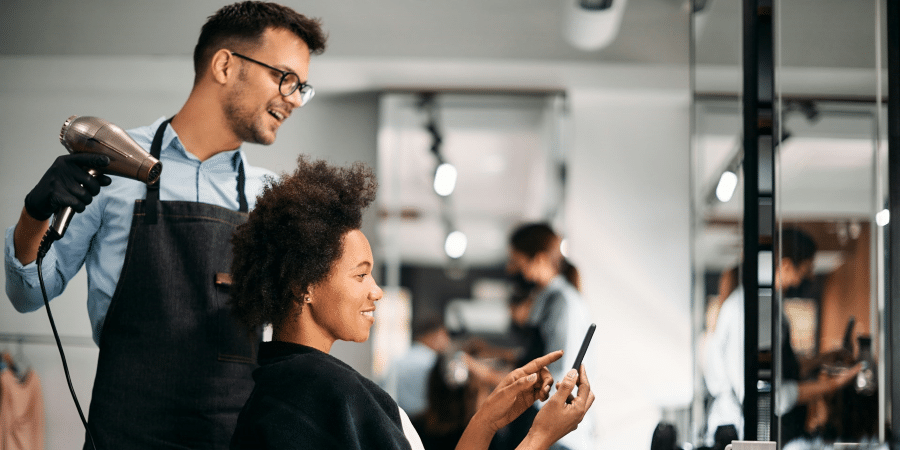Imagine walking into an office that feels more like a high-security prison than a place to churn out creative ideas. Fluorescent lights hum overhead, casting a sterile glow over cramped cubicles that block any sense of community. The air is thick with tension, punctuated by the occasional frustrated sigh and the relentless tap-tap-tap of fingers on keyboards.
Employees shuffle in with slumped shoulders, already dreading the long slog of emails, meetings, and deadlines that stretch before them. This, my friends, is a recipe for low morale, high turnover, and ultimately, a failing business.
But what if your office felt different? Imagine a space bathed in natural light, where ergonomic furniture encourages good posture and movement. Comfortable seating areas invite collaboration, and a ping-pong table in the corner beckons for a quick stress-relieving game. Plants line the windowsills, adding a touch of nature’s calming presence. Laughter spills from a breakout area where employees gather for casual chats or brainstorming sessions.
This, according to a study, is the key to a thriving and successful business. Happy, relaxed employees are more productive, more creative, and more likely to go the extra mile for the company they feel invested in.
Creating a Chill Zone: Fostering a Relaxed Office Atmosphere
So, how do you transform your office from a pressure cooker to a productivity paradise? The good news is, it doesn’t require a complete overhaul. Here are some simple but effective ways to create a more relaxed office environment:
- Let There Be Light: Harsh fluorescent lights can zap energy and contribute to headaches. Instead, opt for natural light whenever possible. Studies have shown that exposure to natural light can improve mood, focus, and even sleep quality. Supplement artificial lighting with warm, inviting lamps that create a more calming atmosphere.
- Comfort is Key: Ditch the uncomfortable chairs and cramped cubicles that force employees into awkward postures all day long. Invest in ergonomic furniture that supports good posture and encourages movement. Consider standing desks or adjustable workstations that allow employees to switch positions throughout the day. Create breakout areas with comfy couches, beanbag chairs, and funky accent pillows for brainstorming sessions or casual chats.
Beyond the Beanbag Chairs: Building Trust and Encouraging Open Communication
A relaxed office goes beyond just aesthetics. It’s about creating a culture of trust and open communication, where employees feel comfortable enough to bring their whole selves to work, This fosters a sense of belonging and encourages collaboration. Here’s how:
- Micromanagement Out, Empowerment In: Trust your employees to do their jobs effectively. Micromanagement only breeds resentment and stifles creativity. Offer guidance and support, but empower them to make decisions and take ownership of their work. Celebrate their successes and support them through challenges. This trust fosters a sense of responsibility and accountability, leading to a more engaged and productive workforce.
- Open Door Policy (Literally): Have an open-door policy that goes beyond just words. Encourage employees to come to you with questions, concerns, or even just to chat. Make yourself approachable and available to listen. Consider holding regular town hall meetings or office hours where employees can voice their opinions and suggestions in a safe space.
- Celebrate Wins (Big and Small): Recognition is a powerful motivator. Celebrate team achievements, big or small. A company lunch after a successful project launch, a shout-out in a company email, or a simple “thank you” for a job well done can go a long way in boosting morale. Consider implementing a peer-to-peer recognition program where employees can acknowledge each other’s contributions.
The Ripple Effect: Happy Employees, Happy Customers
Creating a relaxed office environment isn’t just about making your employees feel good (although that’s important too!). Happy employees are more productive, more creative, and more likely to go the extra mile for the company. This translates into better customer service, higher quality work, and ultimately, a more successful business.
Think about it: a relaxed employee interacting with a customer is more likely to be patient, helpful, and genuinely interested in resolving any issues. This positive experience translates into customer loyalty, a key factor in any business’s success. Imagine a relaxed graphic designer creating a marketing campaign – they’re more likely to approach the project with a sense of fun and creativity, leading to a more engaging and effective final product.
Building a Workplace You Love
Creating a relaxed office atmosphere is an ongoing process. It requires commitment from management and a willingness to adapt based on employee feedback. Regularly solicit feedback through surveys or anonymous suggestion boxes to understand what’s working and what could be improved.
But the rewards are immense. By fostering a workplace where employees feel valued, comfortable, and motivated, you’re not just building a company, you’re building a community. And a happy community is a breeding ground for innovation. Relaxed employees feel safe to take risks, experiment with new ideas, and challenge the status quo. This can lead to groundbreaking inventions, creative solutions to complex problems, and a constant process of improvement.
Think about it: a team of relaxed programmers brainstorming a new software feature is more likely to come up with innovative solutions compared to a stressed-out team working under pressure. A relaxed marketing team developing a new advertising campaign is more likely to tap into their creativity and come up with an engaging and effective concept.
Beyond the Office Walls: Promoting Work-Life Balance
A relaxed office environment goes beyond the physical space. It’s also about promoting a healthy work-life balance for your employees. Here are some ways to achieve this:
- Flexible Work Arrangements: Consider offering flexible work arrangements such as remote work options, compressed workweeks, or flexible start and end times. This allows employees to manage their personal commitments and reduces work-life conflict.
- Paid Time Off: Encourage employees to take advantage of their paid time off. Discourage the idea of working through vacations or sick days. Rest and relaxation are essential for maintaining focus and productivity.
- Focus on Outcomes, Not Hours: Shift the focus from the number of hours worked to the quality of work produced. Trust employees to manage their time effectively and hold them accountable for achieving set goals.
The Bottom Line: A Relaxed Office is a Smart Investment
Creating a relaxed office environment isn’t just about creating a feel-good space for your employees. It’s a smart investment in the long-term success of your business. Happy employees are more productive, more creative, and more likely to stay with the company for the long haul. This translates into lower turnover rates, reduced recruitment costs, and a more experienced and knowledgeable workforce.
So, ditch the fluorescent lights, break out the beanbag chairs, and start building a workplace that your employees love to walk into, not one they dread. A relaxed and happy work environment is a win-win situation for everyone involved – employees, employers, and ultimately, your customers.







